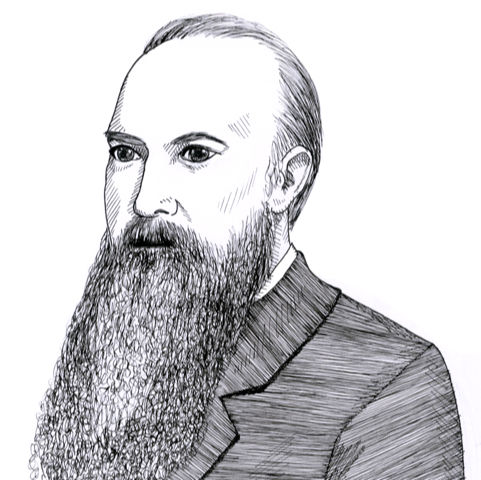
Lord Acton on the storming of “the instrument and the emblem of tyranny” in Paris, the Bastille, on July 14, 1789 (1910)
Found in: Lectures on the French Revolution (LF ed.)
The English classical liberal historian Lord Acton (1834-1902) wrote a graphic description of the event which triggered the French Revolution on July 14, 1789 - the storming of the fortress and prison of the Bastille in Paris:
Revolution
The Bastille not only overshadowed the capital, but it darkened the hearts of men, for it had been notorious for centuries as the instrument and the emblem of tyranny. The captives behind its bars were few and uninteresting; but the wide world knew the horror of its history, the blighted lives, the ruined families, the three thousand dishonoured graves within the precincts, and the common voice called for its destruction as the sign of deliverance. At the elections both nobles and commons demanded that it should be levelled with the ground.